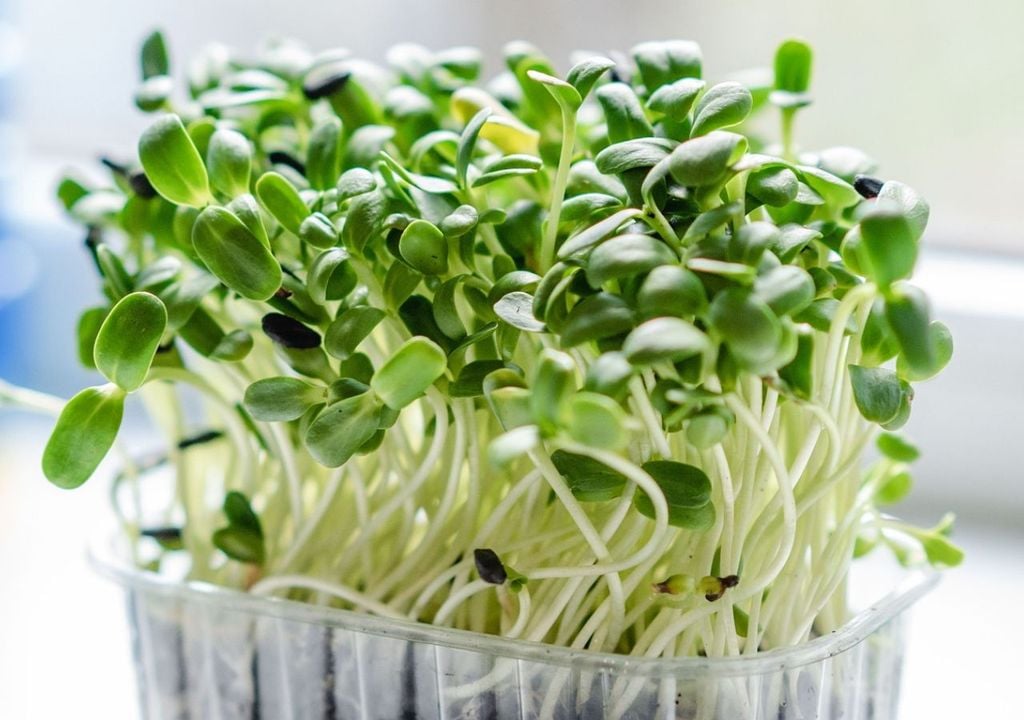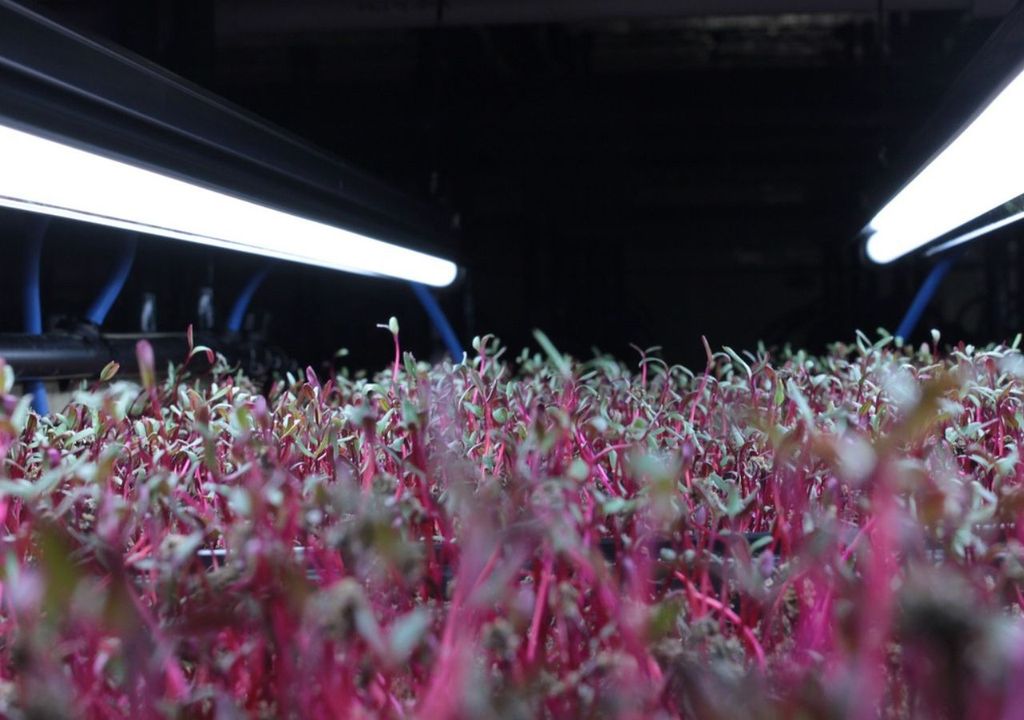Your indoor vertical garden is not as "green" as it may seem
Indoor vertical gardens have tremendous potential in making food sustainable but manufacturers tout their benefits without telling you the drawbacks. This study tells us how we can address them.

Sustainability champions take pride in growing your own microgreens with zero food mile delivery, but there is some bad news here. Your indoor garden is not as green as it is thought to be, according to a new study from researchers at the University of South Australia (UniSA) and Marche Polytechnic University based in Italy.
Indoor vertical gardens offer the dual benefit of local and fresh produce while also being available year-round. In recent years, households and restaurants have adopted this approach to source microgreens with zero food miles since they also require less water and space, making them highly sustainable.
Creating a green interior space design involves using techniques like indoor plants, vertical gardens, and sustainable materials to create a vibrant and eco-friendly atmosphere. Natural light sources enhance the green concept #GreenInterior #SustainableDesign #EcoFriendlyLiving pic.twitter.com/FiqnhaRCAD
— Diego Márquez Burgos (@diegomarquezb) June 10, 2024
However a study published in the 2024 IEEE International Workshop on Metrology for Living Environment (MetroLivEn) showed that personal indoor gardens consume much more energy when compared to professional vertical farming setups.
“However, energy consumption, particularly from artificial lighting and ventilation systems, must be carefully managed to ensure these systems are not only viable but also sustainable in the long term."
How high is the energy consumption?
When comparing the energy demands of a red lettuce crop, the researchers found that artificial lighting accounted for 50 percent of total energy consumption — five times higher than consumption recorded in professional settings.
Ventilation and irrigation systems' energy consumption was also significant, accounting for 18 percent and nine percent of total energy costs, respectively.
With vertical gardens still in their infancy, researchers believe this is the right time to address their shortcomings and help deliver sustainable produce.
How do we improve this?
Among design changes to vertical indoor farms, the researchers recommend using LED lighting and enhancing ventilation efficiency as measures to decrease energy consumption.
“As these systems become more mainstream, improvements in design and energy management will make them more sustainable,” said Enzo Lombi, a professor of Environmental Science & Engineering at UniSA, who led the research. “Transitioning to renewable energy sources would further enhance their environmental benefits”.

Since manufacturers do not typically disclose the energy consumption and other drawbacks of their systems, mandating an energy label to help customers make informed choices could also increase the adoption of sustainable systems.
News reference:
Gianluca Brunetti; Daniele Duca; Kofi A. Boakye-Yiadom; Paola A. Deligios; Marco Appicciutoli; Costantino Vischetti, Sustainable Domestic Vertical Farming: Energy Consumption of an Indoor Farming Appliance, 2024 IEEE International Workshop on Metrology for Living Environment (MetroLivEn). DOI: https://doi.org/10.1109/MetroLivEnv60384.2024.10615743








